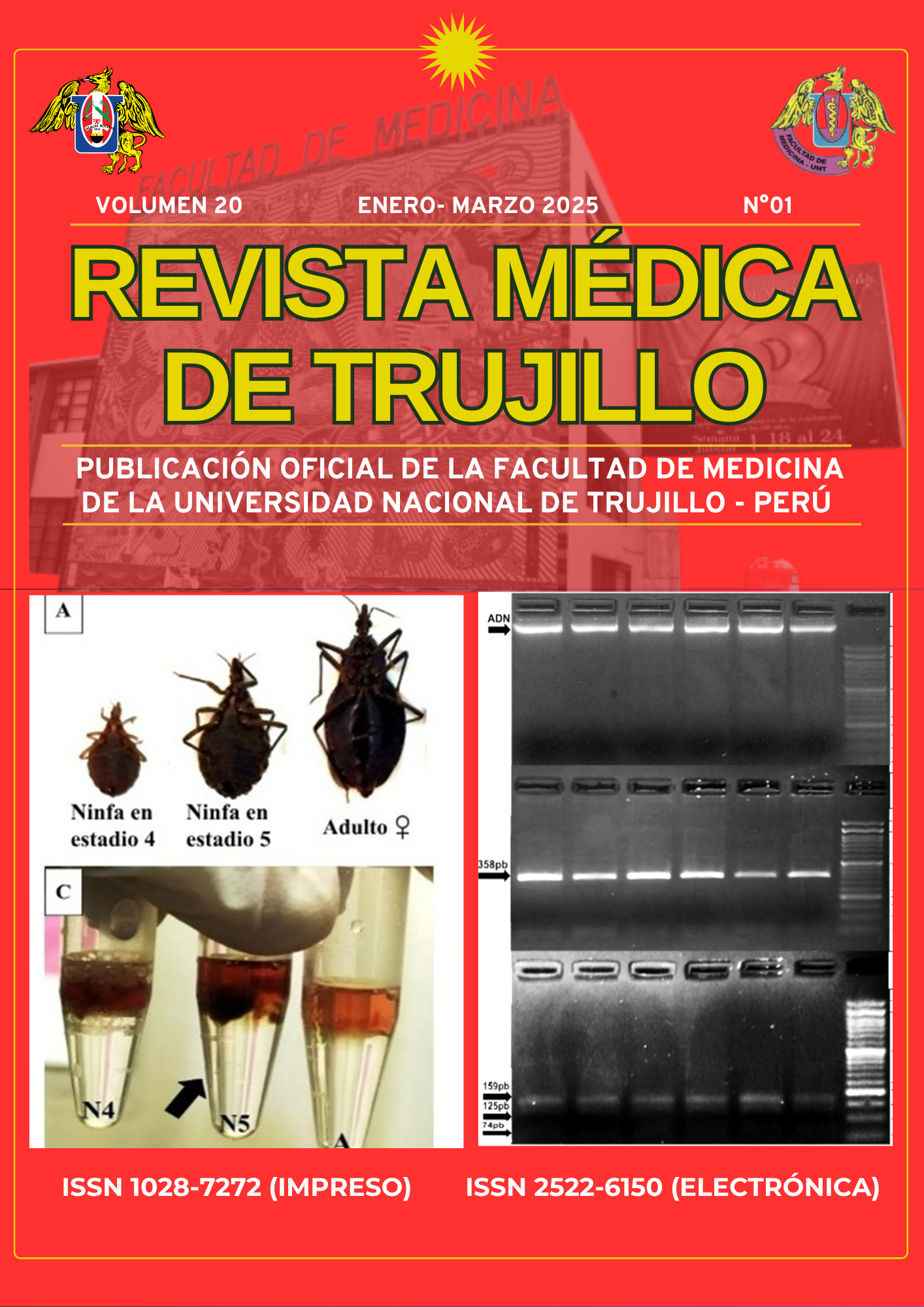Bulk Fill Composite Resins, innovation, controversies and future perspectives in restorative dentistry: Bibliography review
DOI:
https://doi.org/10.17268/rmt.2025.v20i1.6476Keywords:
Composite resin, Bulk- fill composites resins, Depth of cure, Restorative materialsAbstract
Bulk-fill composite resins have emerged as a key innovation in restorative dentistry, offering an efficient and modern alternative for direct dental restorations. These resins allow for the placement of thicker layers, reducing clinical time. Among their main features are their adaptability, adequate depth of polymerization, and mechanical properties, which meet clinical requirements for functional and durable restorations.
The clinical benefits of bulk-fill resins include reduced polymerization shrinkage stress and simplified handling, making them particularly useful for deep cavity restorations. However, despite these advantages, controversies have arisen regarding their long-term performance, such as color stability and wear resistance in areas of high occlusal load.
This article reviews the fundamental characteristics of bulk-fill resins, their clinical benefits, and the controversies surrounding their application. Additionally, it examines the current state of scientific research to provide a comprehensive view of their impact on dental practice and their role in the future of conservative dentistry. The article concludes with future perspectives, highlighting the need for more long-term studies to evaluate their clinical performance under real-world conditions. This analysis aims to bring dentists with informed tools to optimize the selection and use of these materials in their daily practice
Downloads
Published
How to Cite
Issue
Section
License
Copyright (c) 2025 "Los autores conservarán sus derechos de autor y garantizarán a la revista el derecho de primera publicación de su obra"

This work is licensed under a Creative Commons Attribution-NonCommercial 4.0 International License.










